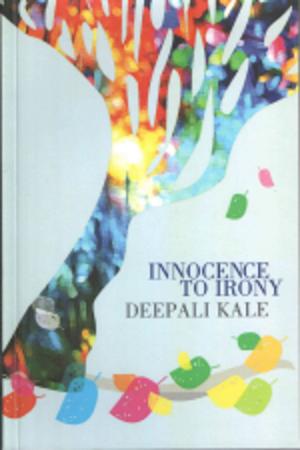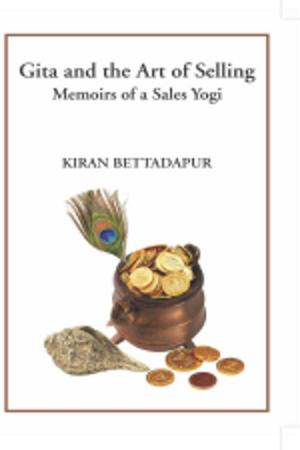Dividing Lines
Nonfiction, Social & Cultural Studies, Political Science, International, International Relations| Author: | K. N. Raghavan | ISBN: | 9789383562534 |
| Publisher: | Leadstart Publishing Pvt Ltd | Publication: | May 1, 2012 |
| Imprint: | Platinum Press | Language: | English |
| Author: | K. N. Raghavan |
| ISBN: | 9789383562534 |
| Publisher: | Leadstart Publishing Pvt Ltd |
| Publication: | May 1, 2012 |
| Imprint: | Platinum Press |
| Language: | English |
India and China the inheritors of two ancient civilizations and aeons of neighbourly bonds cemented by Buddhism and the bridge-building missions of Fa-Hien, Huen Tsang, Tagore and Kotnis never witnessed strife between themselves till the fateful autumn of 1962, when they fought a short but bitter border war on the desolate heights of the Himalayas. Mutual suspicion and sporadic face-offs have ever since bedevilled relations between the two Asian giants, based on their still-unsettled borders. What caused the tragic estrangement of Asia’s leading lights? In this cogent and comprehensive analysis, the author traces the origins of the discord to a legacy flawed by the flip-flops of imperial Britain’s unilateral border delineation, and the ebbs and flows of Chinese activism in Tibet. The gripping narrative carries us from the post-1947 scenario of initial Panchsheel bonhomie, yielding place to mutual distrust, aggravated, among other causes, by Chinese paranoia over Tibet and the unrelenting pressure of Indian public opinion. India’s cataclysmic defeat in the war, which remains a young nation’s humiliation, is attributed to the ill-advised ‘forward policy’ and failure of the politico-military leadership of the time, revalidating Clemenceau’s adage, that ‘war is too important a matter to be left to generals’.
India and China the inheritors of two ancient civilizations and aeons of neighbourly bonds cemented by Buddhism and the bridge-building missions of Fa-Hien, Huen Tsang, Tagore and Kotnis never witnessed strife between themselves till the fateful autumn of 1962, when they fought a short but bitter border war on the desolate heights of the Himalayas. Mutual suspicion and sporadic face-offs have ever since bedevilled relations between the two Asian giants, based on their still-unsettled borders. What caused the tragic estrangement of Asia’s leading lights? In this cogent and comprehensive analysis, the author traces the origins of the discord to a legacy flawed by the flip-flops of imperial Britain’s unilateral border delineation, and the ebbs and flows of Chinese activism in Tibet. The gripping narrative carries us from the post-1947 scenario of initial Panchsheel bonhomie, yielding place to mutual distrust, aggravated, among other causes, by Chinese paranoia over Tibet and the unrelenting pressure of Indian public opinion. India’s cataclysmic defeat in the war, which remains a young nation’s humiliation, is attributed to the ill-advised ‘forward policy’ and failure of the politico-military leadership of the time, revalidating Clemenceau’s adage, that ‘war is too important a matter to be left to generals’.















